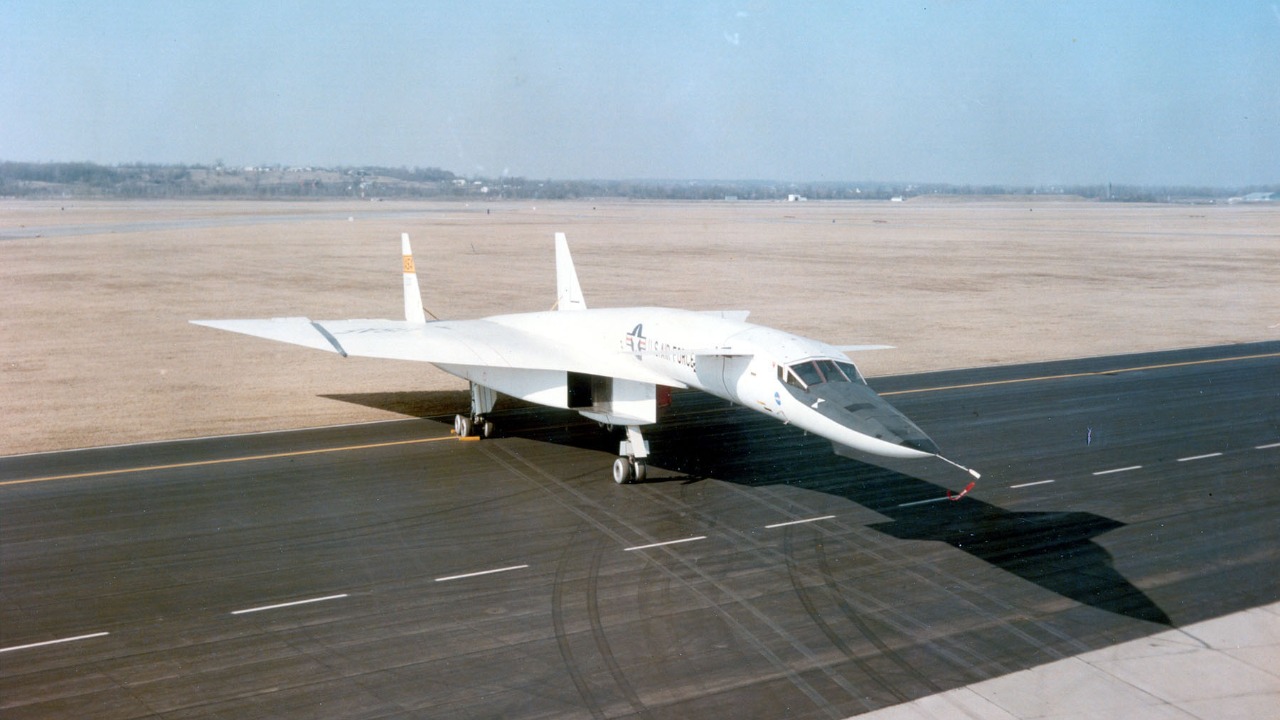
The North American XB-70 Valkyrie, often dubbed as a supersonic Cold War beast, emerged as a symbol of American aviation prowess during the Cold War. This prototype bomber aircraft commanded attention with its unique design and supersonic capabilities, leaving a lasting legacy in the aviation world.
Origins and Design of the XB-70 Valkyrie
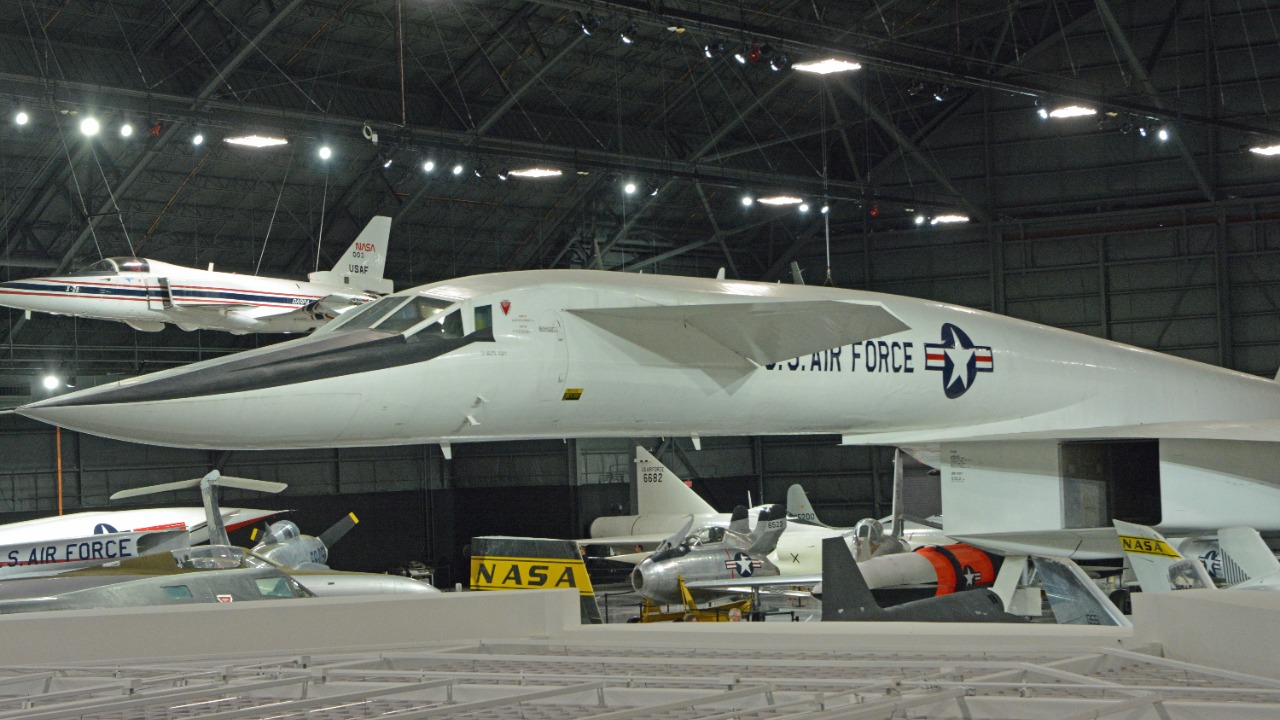
During the height of the Cold War, the US Air Force initiated the XB-70 project with a singular aim – to develop a high-altitude, long-range bomber that could attain Mach 3 speed. The Valkyrie was designed to outspeed and outaltitude any Soviet defense, thereby ensuring the US’s strategic advantage in the event of nuclear warfare. The project was ambitious, and its success would reaffirm American dominance in the skies.
The design of the XB-70 Valkyrie was truly exceptional. It boasted a delta wing shape and six powerful engines that enabled it to reach unprecedented speeds and altitudes. The aircraft was also equipped with a canard surface and a folding wingtip, both of which contributed to its high-speed and high-altitude capabilities. The Valkyrie was indeed a masterpiece of design and engineering, embodying the peak of American aviation technology during the Cold War era. You can read more about it here.
The Role of the XB-70 in the Cold War

The XB-70 Valkyrie was more than just a technological marvel; it was a strategic asset during the Cold War. The aircraft’s exceptional speed and altitude capabilities made it a key player in the US’s strategic bombing plans. It was designed to penetrate deep into enemy territory, evading radar detection and missiles, and deliver nuclear payloads, thereby ensuring the US’s military superiority.
Moreover, the Valkyrie played a crucial role in the US-Soviet arms race. Its development spurred the Soviets to invest heavily in their own aviation technology and missile defenses, escalating tensions and competition between the two superpowers. The XB-70’s influence on US-Soviet relations was profound and far-reaching, as detailed in this Politico article.
Notable Missions and Incidents
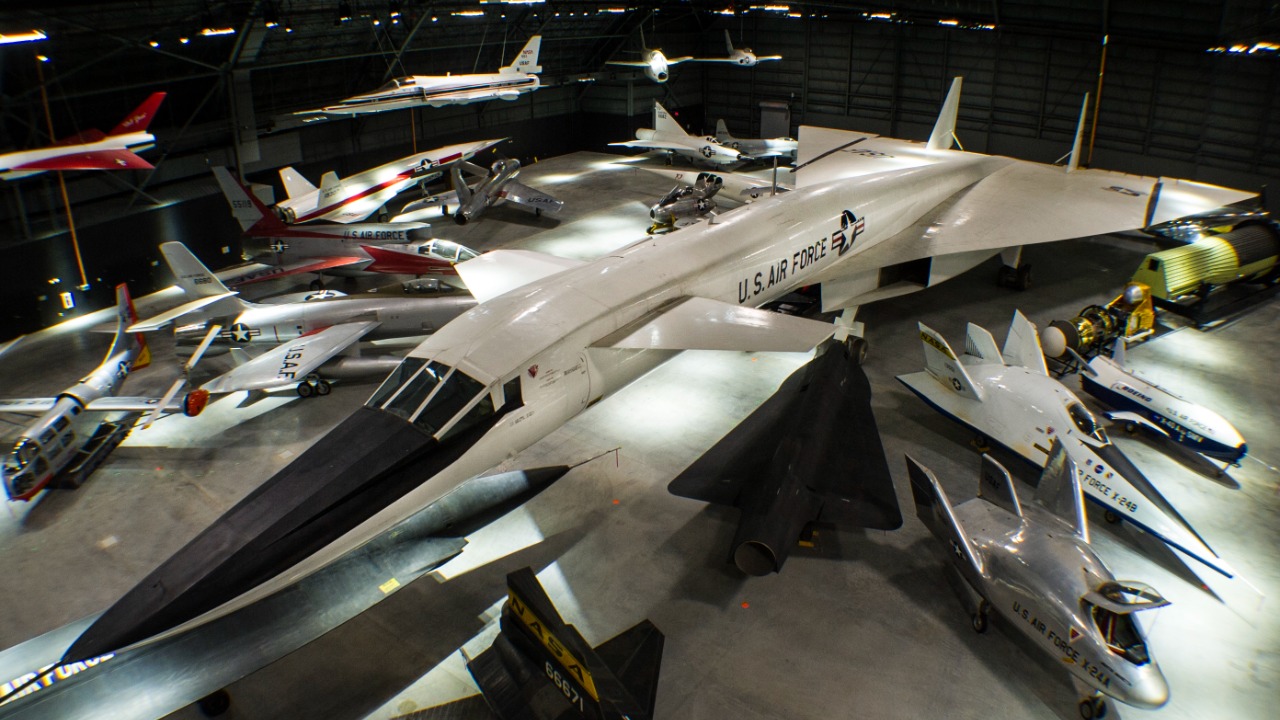
Despite its short operational life, the XB-70 Valkyrie was involved in several significant missions, most notably its high-speed test flights. These flights demonstrated the aircraft’s ability to reach Mach 3 speed and fly at altitudes of over 70,000 feet, setting new records for bomber aircraft.
However, the Valkyrie’s career was not without incident. The most tragic of these was the mid-air collision in 1966 during a photo shoot with other aircraft. The accident resulted in the loss of one of the two prototypes and the death of two crew members. The incident marked a turning point in the XB-70’s history, with the remaining aircraft relegated to research duties until its retirement. More details about this incident can be found here.
Technological Innovations and Achievements
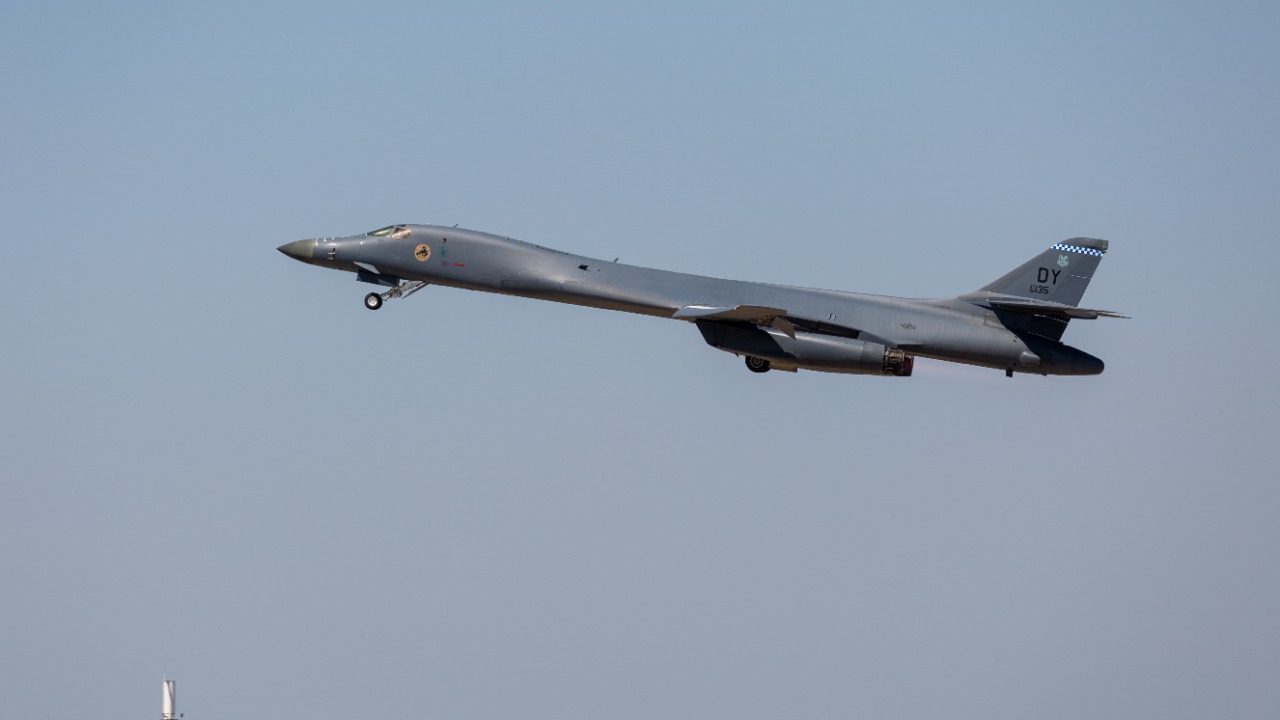
The XB-70 Valkyrie was a technological tour de force. Its ability to fly at three times the speed of sound was groundbreaking, and it remains one of the fastest bomber aircraft ever built. The Valkyrie also pioneered the use of stainless steel and titanium in aircraft construction, enabling it to withstand the intense heat generated at high speeds.
The influence of the Valkyrie’s design was seen in later aircraft models. Its delta wing shape and high-speed capabilities set new standards for aircraft design, influencing the development of later supersonic aircraft like the Concorde and the B-1B Lancer. You can read more about its technological achievements here.
The Legacy of the XB-70 Valkyrie
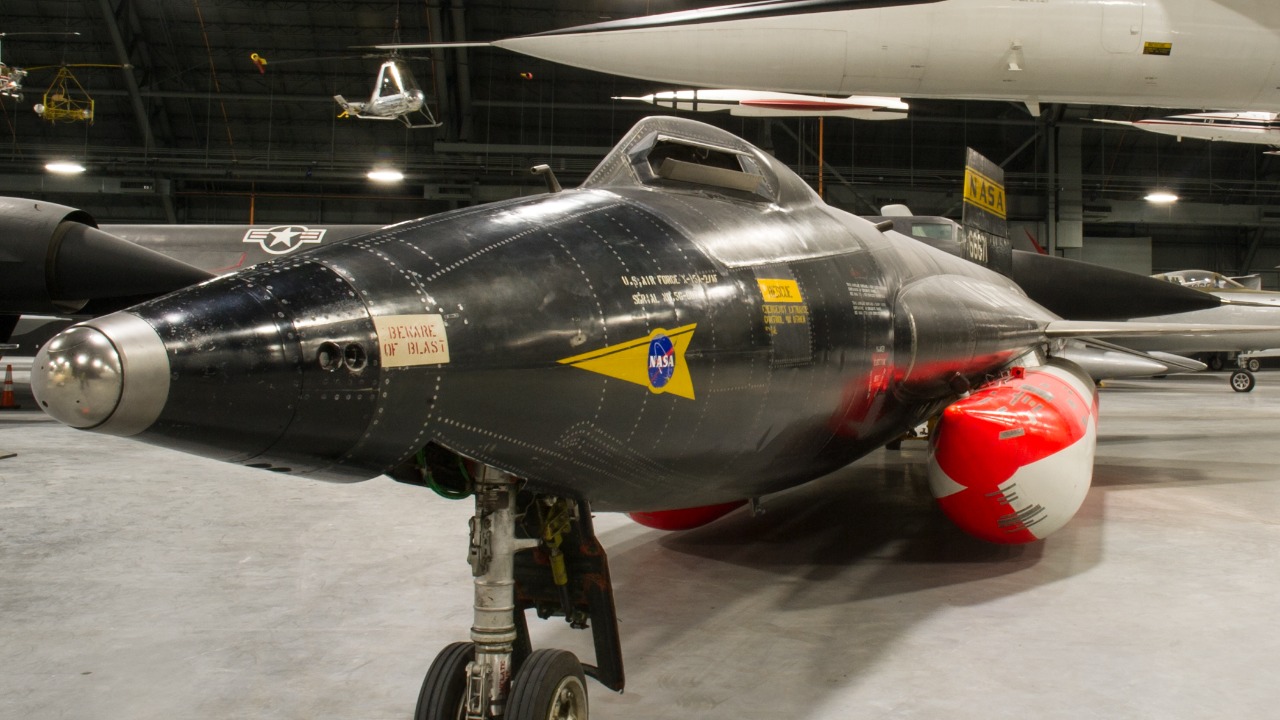
The XB-70 Valkyrie was retired in 1969, just a few years after its maiden flight. The decision was driven by several factors, including budget constraints, the development of intercontinental ballistic missiles, and the tragic mid-air collision.
Nevertheless, the Valkyrie left a lasting legacy in the world of aviation. Its groundbreaking design and technology set new standards for aircraft performance, influencing future aircraft designs. Today, the Valkyrie serves as a testament to American technological prowess during the Cold War and continues to inspire aeronautical engineers and enthusiasts alike. Its enduring significance in aviation history is captured in this MSN article.